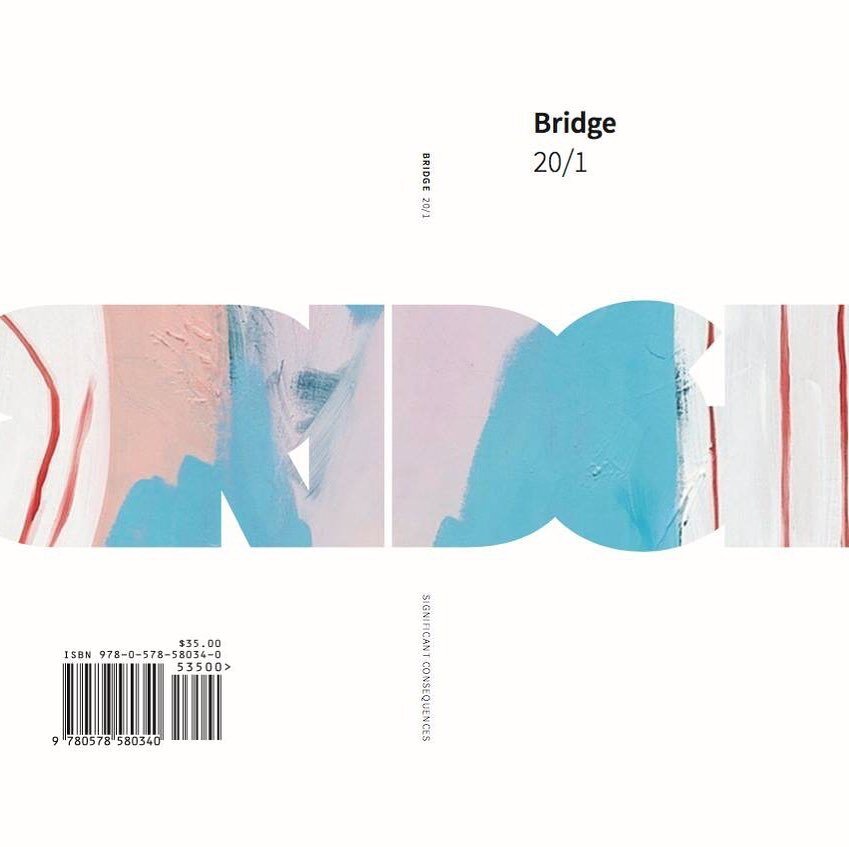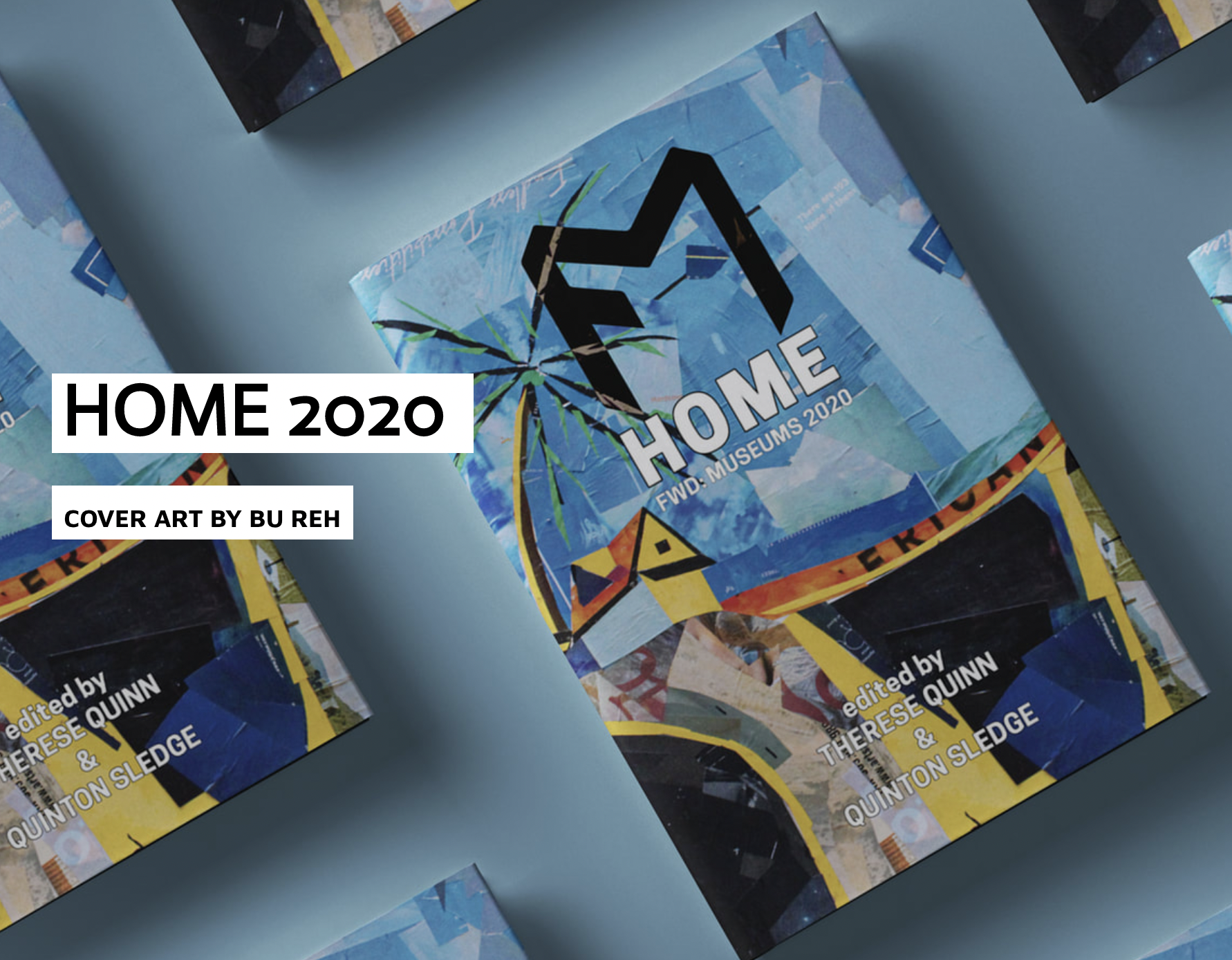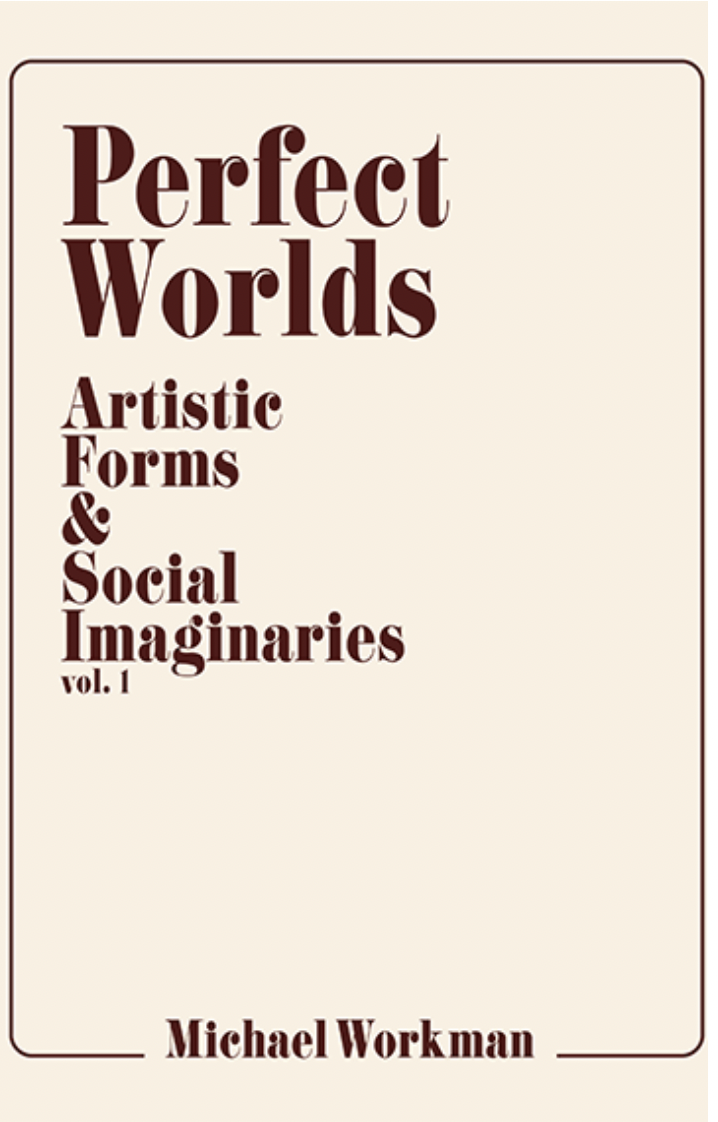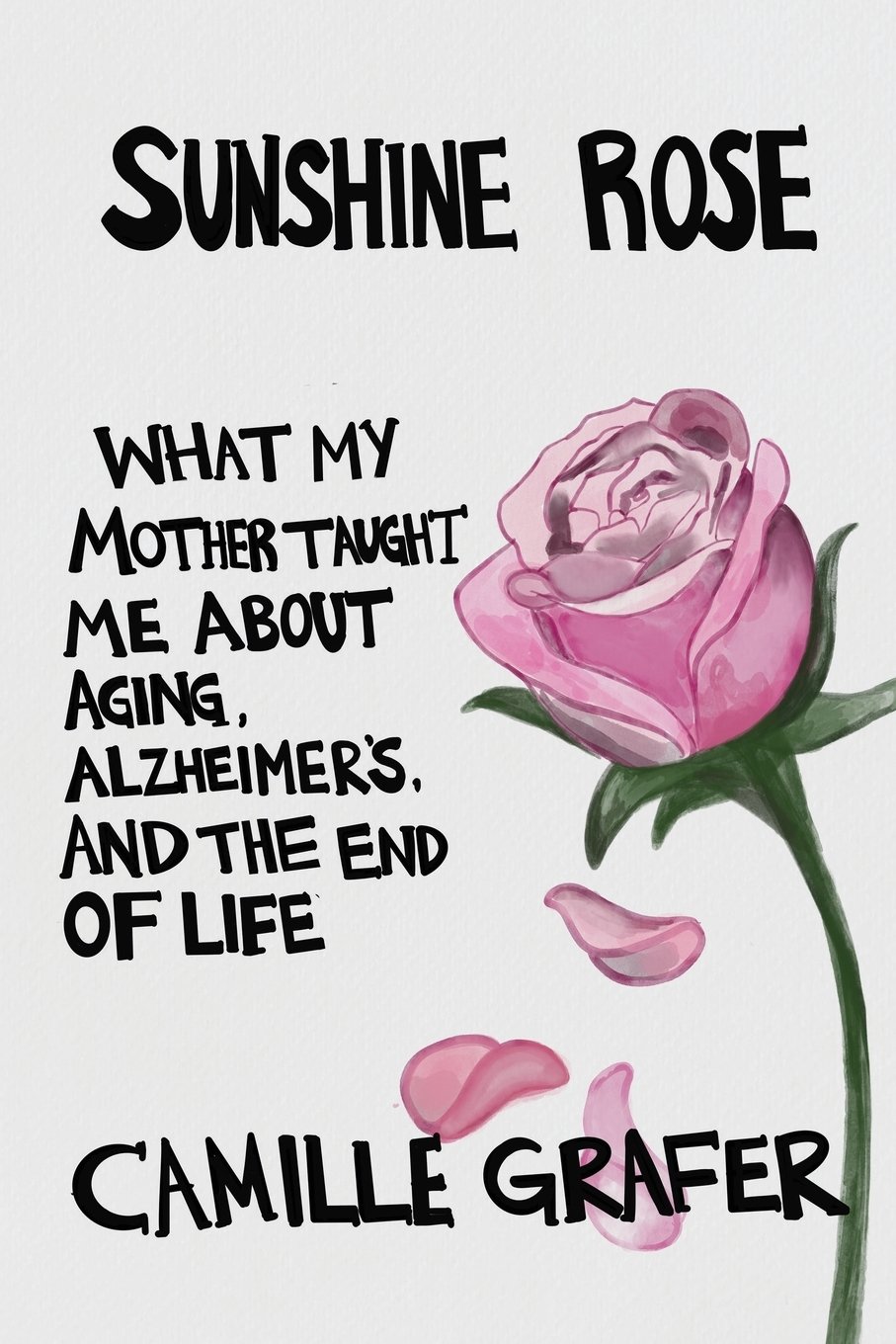WELCOME TO THE STEPSISTER PRESS HOMEPAGE an imprint of Bridge Books
StepSister Press is an independent publishing company founded by Annie Heckman in 2007 to promote conversation on emerging art, literature, educational, and critical theory projects. The press has coordinated projects and collaborations with artists and writers around the world, including the annual Fwd: Museums series, in partnership with the Museum and Exhibition Studies (MUSE) Program at the University of Illinois at Chicago (UIC).
Bridge is a proud member of the following alliances:
New & Upcoming
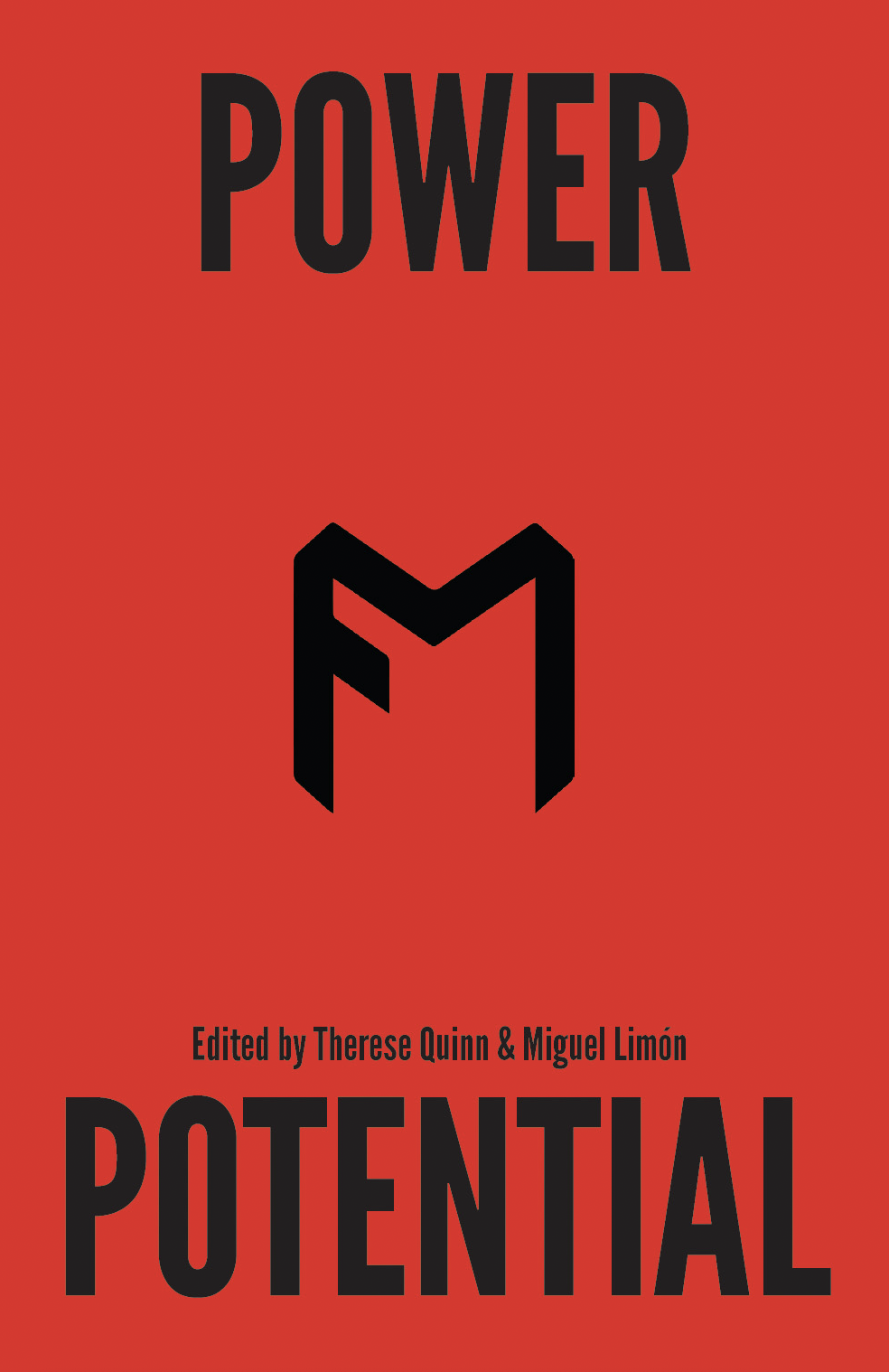
FWD: MUSEUMS: “Power/Potential” (2024), Edited by Therese Quinn & Miguel Limon
FWD: MUSEUMS: “Power/Potential”
Power: Having control or authority to dictate or influence people and organizations’ behavior and actions.
Potential: Having the capacity to build or develop a positive outcome in the future.
Power and the potential for power shape the relationships we have between ourselves, our institutions, and our governments. We relate these two words in this issue of Fwd: Museums to highlight how those being unjustly or unfairly treated have the potential to create their own power and invite submissions related to this theme.
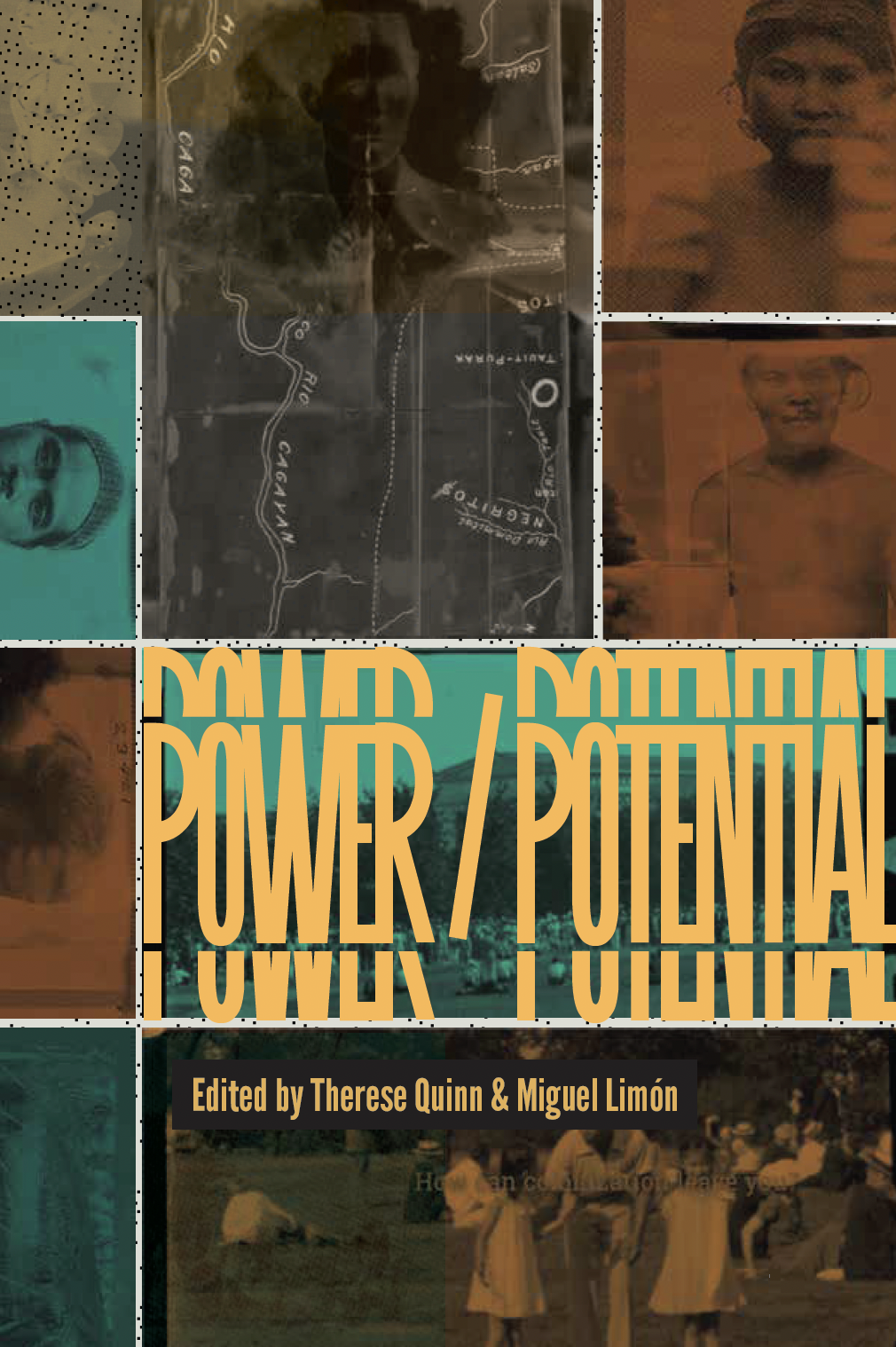
FWD: MUSEUMS: “Power/Potential” 2024 (Alternate Cover), Edited by Therese Quinn & Miguel Limon
FWD: MUSEUMS: “Power/Potential” 2024 (Alternate Cover)
Power: Having control or authority to dictate or influence people and organizations’ behavior and actions.
Potential: Having the capacity to build or develop a positive outcome in the future.
Power and the potential for power shape the relationships we have between ourselves, our institutions, and our governments. We relate these two words in this issue of Fwd: Museums to highlight how those being unjustly or unfairly treated have the potential to create their own power and invite submissions related to this theme.
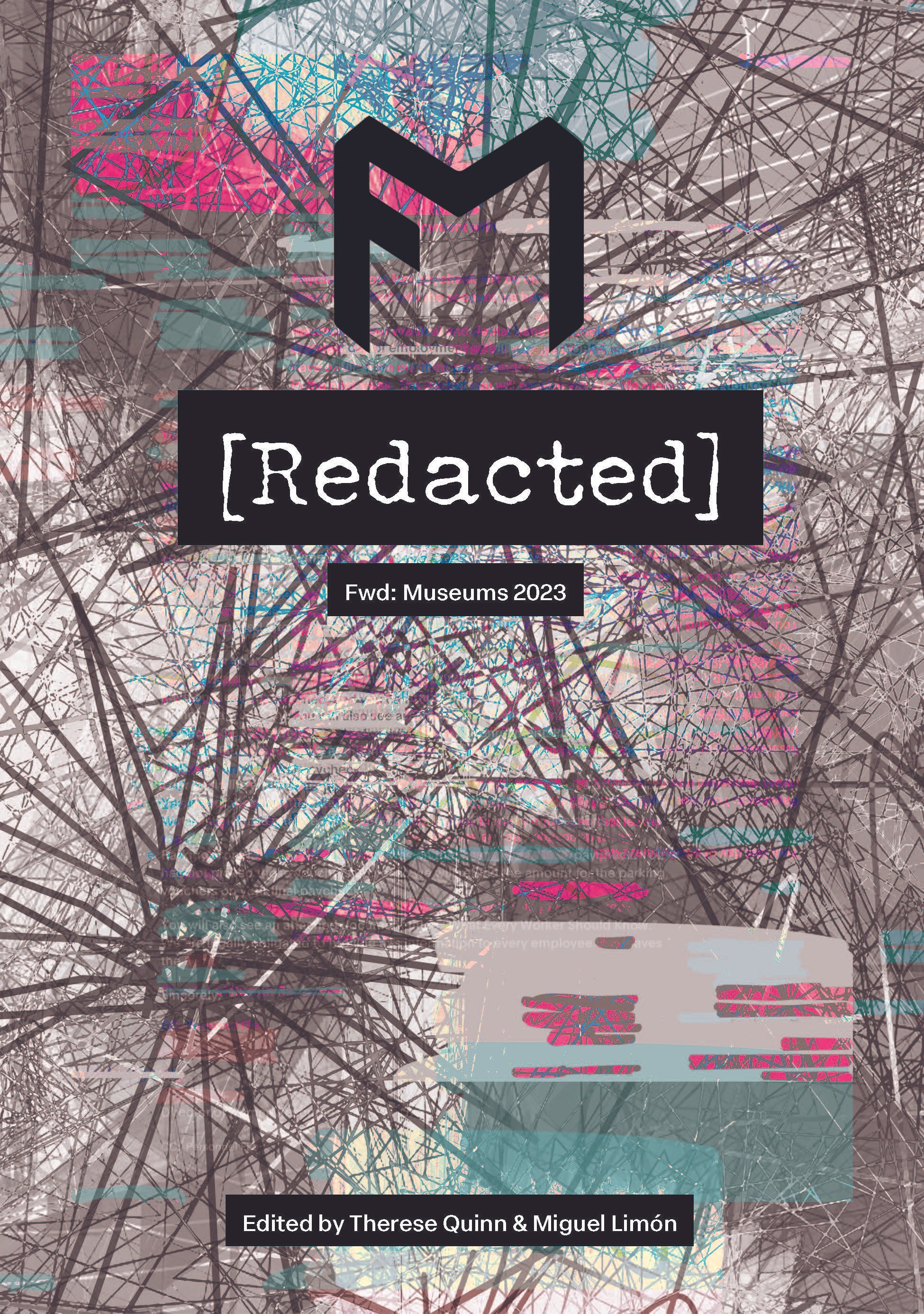
FWD: MUSEUMS: “Redacted” (2023), Edited by Therese Quinn & Miguel Limon: “Redacted” (Alternate Cover)
FWD: Museums Journal - Redacted, Alternate Cover (Upcoming)
A notable absence, a muting, making invisible. Redaction extends beyond the simple black squares as incomplete redactions – stamps marked with ‘deleted’ covering the text– white squares, and handmade notations.
Each black square signifies absence. It serves as a reminder for enforced forgetfulness. Uncovering the secret behind the mask and discovering the text underneath seems like a daring task, but is the redacted information really gone?
What is visible in cultural spaces, and what is invisible? In attempts to appeal to the public, what is redacted?
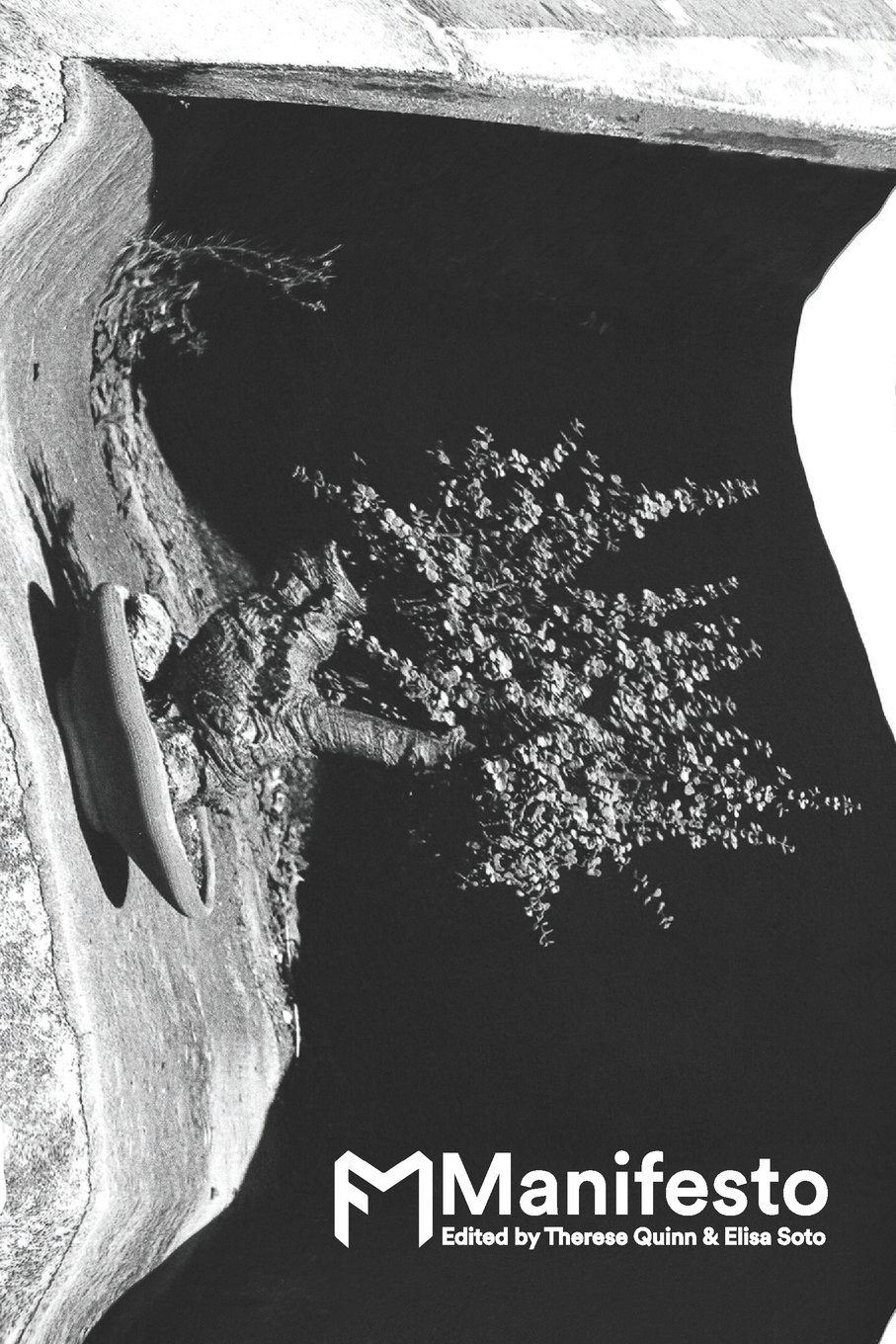
FWD: MUSEUMS: “Manifesto” (2022), Edited by Therese Quinn & Elisa Soto (Copy)
Fwd: Museums Journal - Manifesto
HOW DO MUSEUMS RESPOND TO THE URGENCY OF THE MOMENT?
In what ways can museums be critically transformed to foster social justice work? Fwd: Museums, an inclusive, cross disciplinary publication, shares interventions, experiments, and community dialogues within and outside of museums. Our contributors reexamine, critique, and challenge museums as socially responsible spaces.
In our seventh issue, "Manifesto," encompassing more than just a declaration put into writing, these pages are the catalysts to spark action and inspire change. Our contributors, artists, professors, museum professionals, students, and others face our present difficulties and imagine bold new solutions and futures.
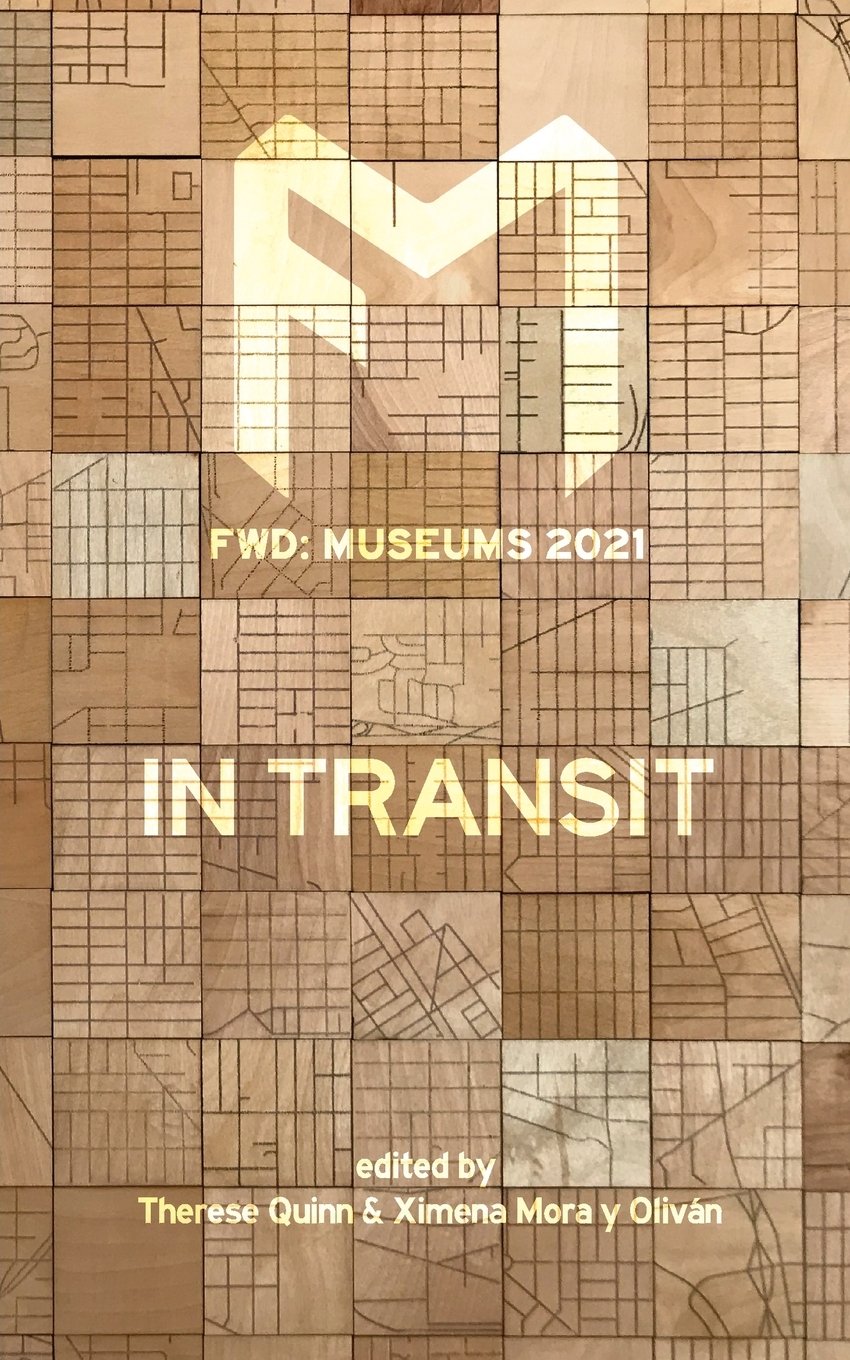
FWD: MUSEUMS: “In Transit” (2021), Edited by Therese Quinn & Ximena Mora y Oliván
Fwd: Museums Journal - In Transit
To be in transit is to be human. No one does well staying still too long. This past year has shown us more than ever that nothing is ever permanent.
In this journal we explore the different ways that people, museums, and institutions can be considered in transit. We are addressing questions of tradition, culture, movement, and remaking. We acknowledge that tradition is not necessarily a bad thing, but tradition is the product of an established stability and in this journal we are concerned with what must be changed because our world is constantly in flux.
We invite our readers to transport from one idea to another as they journey within these works. We ask our readers to consider the museum and how we as museum and cultural practitioners in the 21st century can grapple with the spectrum of changes that should take place now and in our future. How do cultures shift? How should our institutions shift alongside and represent change? In what way are we always moving?

